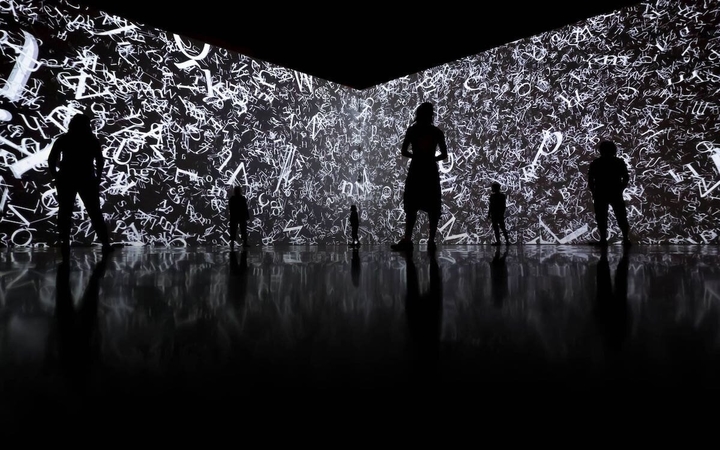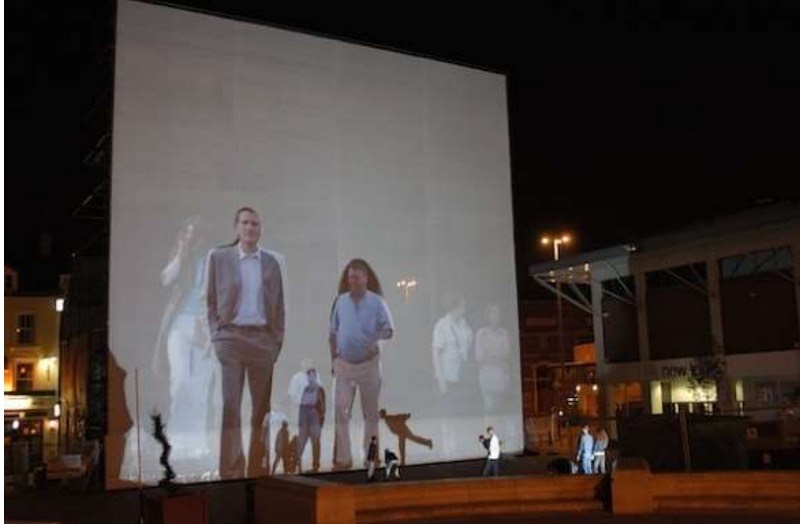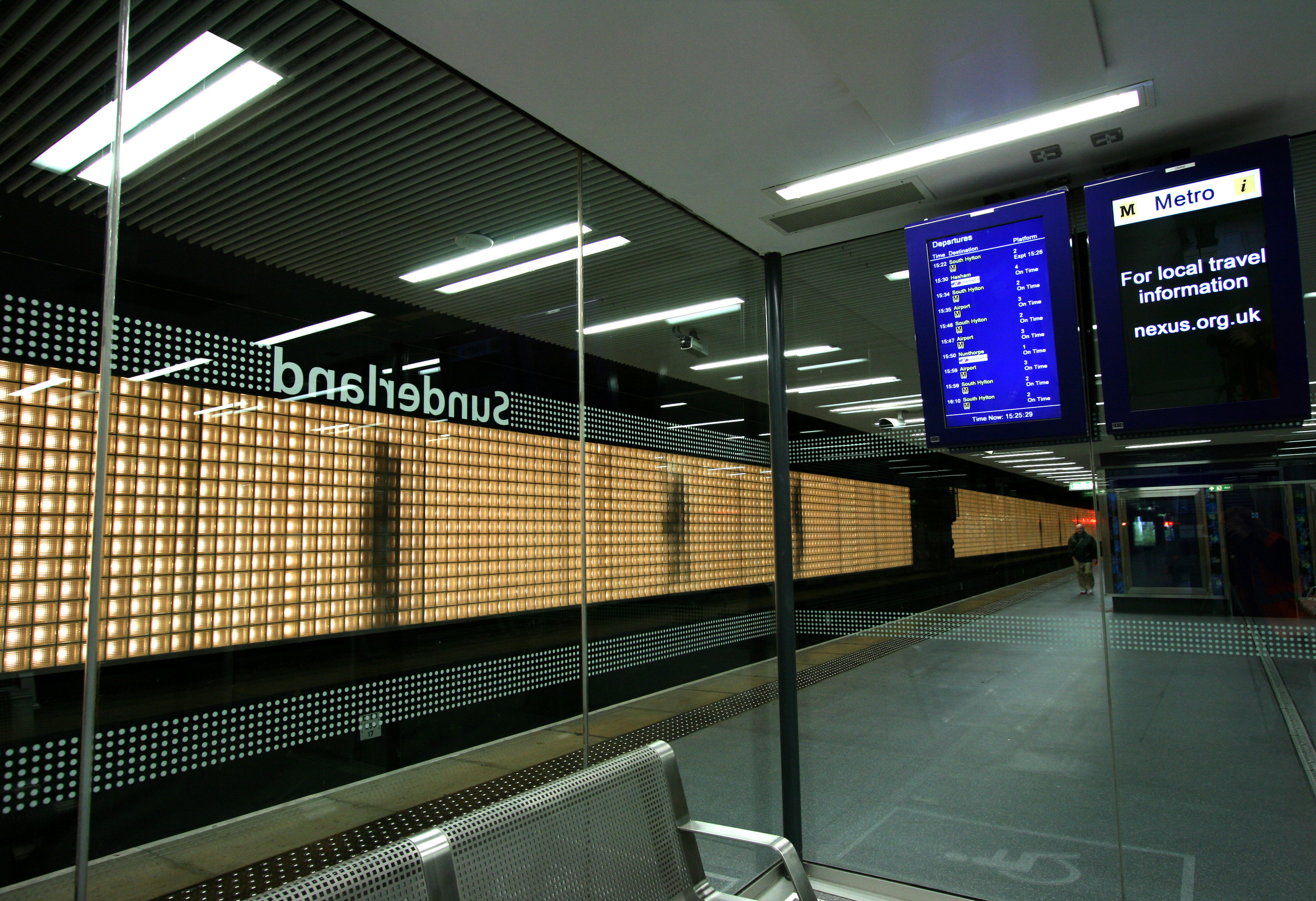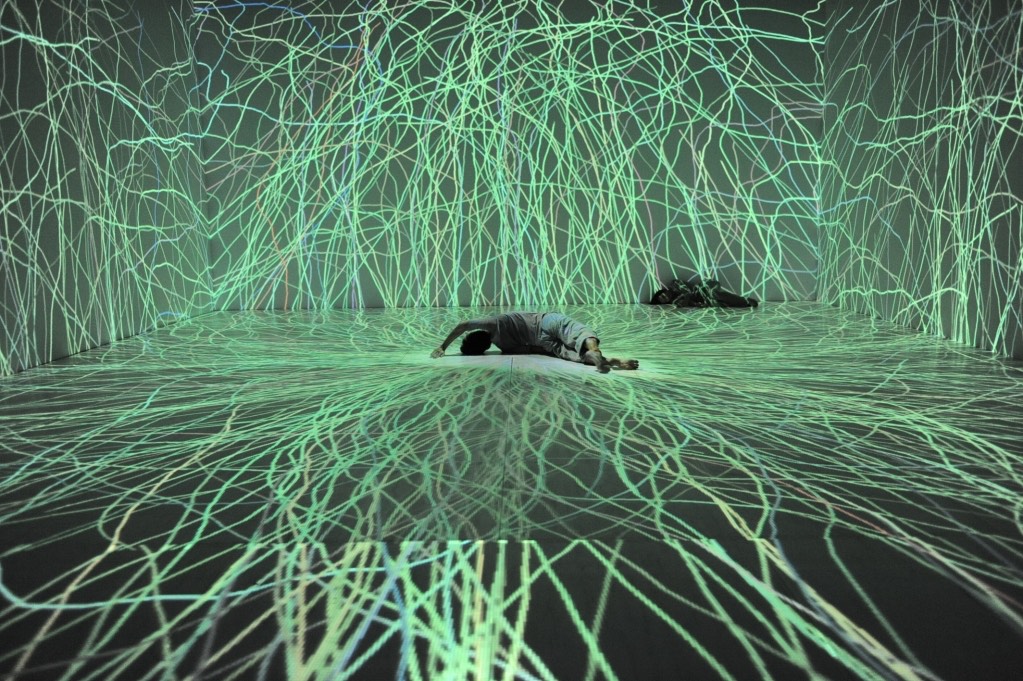Performance at the time of ubiquitous computing
For our research project, we investigated the effect that live, interactive, digital performances in urban spaces had on audiences/citizens.
produced by: Shai Rapoports | Elliot Mills | Eden Chahal | Jai Myung
We began by analysing the spatial aspects of traditional theatre spaces, with rigid structures and boundaries between the stage and audience, as well as the event’s space and the outside world. While being a shared experience with a potential communal catharsis, critics such as Rancier, in ‘The Emancipated Spectator’, make the argument that the audience is a vessel, assuming a passive role as a viewer, without any implications brought into the life outside the theatre space. A solution to this problem might be found in the Museum space for example, allowing a more individual democratized experience, with each person being his own curator in the artistic experience. As we moved to explore how technology changed live performance, it was very clear that these old conventions are being reconstructed, for better or for worse: the virtual space is “a hole in reality, an elusive fracture in space …”(Slavoj Zizek). The rigid space of the theatre is now being perforated, expanded, multiplied. This fracturing of time and space in live digital performances can be done by juxtaposition of videos/graphics.
Focus on Interactivity
Technology also allowed for the development of new interactive possibilities: a sort of “dance” with the computer, which is perceived sometimes as potentially more engaging and democratic then the traditional live arts. One’s own consciousness, movement, actions can affect the performance, to an extent that the spectator becomes the art object itself. Steve Dixon divides interactivity to four levels in ascending order of engagement with the system: Navigation, Participation, Conversation, and Collaboration. Furthermore, Soke Dinkla, a German art historian and critic coined the term “Floating Work of Art”- a term which refers to art pieces or performances that prioritize collaboration over authorship of the artist, art that is generated and created by the spectator. Yet it also comes with a disclaimer- now everybody can change the artistic event/object,and the omnipotent power is given to whoever desires it in the “connective”, making the individual potentially very vulnerable and subject to other people’s control.
Consequently our research also considered whether the effect of taking theatre and performance out of its traditional conventions, risked citizens of urban, globalised countries to the point of becoming performers against their will. Juliet Rufford, a professor and researcher in the fields of performance and interactive architecture, extends the hypothesis we raised toward urban space. She pinpoints the limits to participation and interaction as an inclusive form of performance. Rufford suggests that whilst traditional theatre can appear as a rigid, closed institution, it is also, as we mentioned before, a shared space to gather and explore social issues together. “Contemporary capitalism relies on anything affective, experiential and immaterial as long as on all things urban and creative.” From this assertion J. Rufford lays out how, by injecting multi sensory participation into our daily lives we “might have moved from being the spectators consumers of the Spectacle Society to willing and active participants of a capitalist experience economy, where theatre injects participation and play into our experience of urban space”. T Jean Baudrillard in Paris 1968 similarly pointed out that “it's a mistake to think that capitalism repression is brought through aggression. On the contrary, it feeds on our participation.”
In the creation of our artefact we were inspired by several other concepts and theories: The Smart Mob; a public group of people who uses digital technologies to enhance their mobility, coordination, and communication. Corresponding with the smart mobs is Entr’acte, a term from traditional theatre which describes an intermission between acts, performed or screened in the liminal space between stage and audience, and incorporating different media. The content was meant to shed some light on the art performance dramatic flow, and act as a missing link. Jordan Geiger chose the Entr’acte as a model for tying the loose ends between the digital ubiquitous space and the physical one, specifically the urban space, making them more dependent, feedbacking each other. Novaks Liquid forms of Architecture and Lozano Hemmer’s Relational Architecture both suggest new ways of changing notions of rigid, permanent and merely symbolic or stylistic conventions of architecture, and molding them in a new way through interaction with physical bodies, with the public, with the performers. As a result the space will be adaptable, breathing, performing the relationship of technology with humans.
Artefact
Our Artefact intends to put the research questions explored into a concrete application by simulating a performance. In this study case we chose a protest, for it brings together at their paroxysm some of the questions we were investigating. Though a protest is not a theatrical performance, it does have its own choreographies. It is by essence live, and brings people together in a shared, usually public space, that for the time of the event is transformed, deviating from its original purposes. Those features combined are what give people the ability to reclaim the city and turn it into a political weapon.
With this artefact we wanted to explore what it would mean to use the digital in order to add layers to this particular type of gatherings. What effects would it have to use digital technologies as protest tools, extending the crowds behaviours through interactive, responsive elements integrated into the urban environment?
The Artedect ia a prototype model that we used as a research and experimentation tool. It is a representation of an urban square that reacts and transforms according to the behaviour of its inhabitants. The installation consists of a combination of two displays:
>>Laser lights that analyse sound and react according to both frequency and volume; making the demonstration visible from further when the crowd gets louder. Each of the LEDs is reacting to different levels of frequencies.
>>A projection is mapped on one of the buildings and fills up according to the number of participants. We could imagine a platform where people could log in to the demonstration and show their support whilst not being physically present.
This physical computing piece was made using Arduino and Openframeworks,and makes use of the collaborative online platform “Cities and Memory”, that gathers sounds from all over the world, including a dedicated page for protests sounds.
The research by practice exercise confronted us with complementary questions, brought by the need to apply the theories into a specific, physical case. From what could appear as details such as the symbolics of shapes and colors, to more general questions such as: is it really desirable to have such implementations and to what extent?
Above images references (left to right / top to bottom)
Rafael Lozano-Hemmer: Cercania
Rafarl Lozano-Hemmer: Relational Architecture
Jason Bruges: Platform
Anarchy Dance Theatre
Podcast: https://vimeo.com/491388039
We used the medium of the podcast to explore another dimension of the research, through narrated fiction. In this audio you will be sharing 24 hours in the life of George, from the minute he wakes up until he gets to sleep. In the first part of the audio, you’ll discover George’s ordinary life in London. The second part tells the same story, but it highlights the interactions the character has with technologies in his daily life. The text intends to bring light to the layers of our surroundings that we don’t pay attention to, but that are a core part of our movements, actions, and decisions in each step of our days.
References:
Books
-Blake Bill, ‘Theatre and the digital’. Macmillan International Higher Education, 2014
-Debord Guy, ‘La société du spectacle’. Buchet-Castel, 1967
-Dixon Steve, Malina Roger F., Cubitt Sean, ‘Digital Performance: A History of New Media in Theater, -Dance, Performance Art, and Installation’, Leonardo Book Series, 2015
-Harvie Jen, ‘Theatre and Cities’. Macmillan International Higher Education, 2009
-Klingmann Anna, ‘Brandscapes. Architecture in the Experience Economy’, MIT press, 2010
-Rufford, Juliet. ‘Theatre and Architecture’. Macmillan International Higher Education, 2015
-Scott Lucas, ‘The Immersive Worlds Handbook: Designing Theme Parks and Consumer Spaces’
Articles
-Peng, Chengzhi, and Adam Park. ‘Mapping Interstitial Urban Spaces through Performing the City’. -Leonardo 46, no. 5 (October 2013): 490–91. https://doi.org/10.1162/LEON_a_00650.
-Geiger, Jordan. "Entr'acte." Leonardo 45.4 (2012): 338-47. Web.
-Fernández, Maria, and Bullivant, Lucy. "Illuminating Embodiment: Rafael Lozano‐Hemmer's Relational Architectures." Architectural Design 77.4 (2007): 78-87. Web.



































































